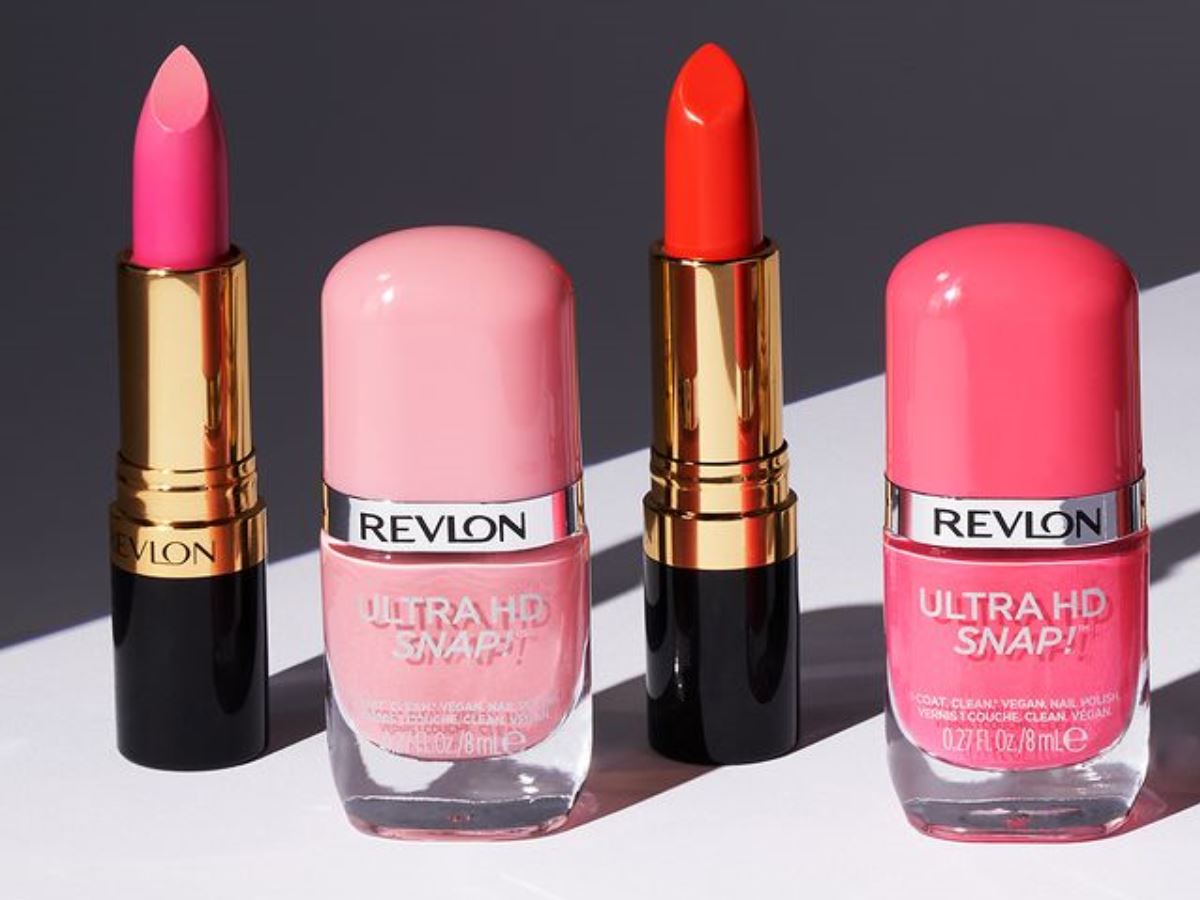The hyperbolic headlines centred on Revlon‘s financial problems were hard to miss last week. Words such as collapse and phrases like “time has run out” were splashed across tabloids and some of the world’s most prestigious media titles alike.
Before outlining the details of the beauty icon’s Chapter 11 bankruptcy protection in the US, let’s look at its Australian arm.
Revlon Australia bounced back strongly from the Covid-19 pandemic and ended 2021 as the #2 makeup brand in Australia and growing ahead of the category. New launches such as Revlon Facial Defuzzers is the #1 selling cosmetic product (in dollars) total cosmetic + tools in Priceline.
The subsidiary’s accounts for 2021 clearly showed the company has been profitable over the past two years and consumer demand for Revlon’s best-selling products remains strong in Australia, said Tracey Raso, Managing Director of Revlon Australia and New Zealand.
It’s a different situation overseas. Revlon has been struggling with a major debt load in excess of US$3 billion for some time and has posted a negative free cash flow for five years. Only keeping its corporate head above water because of cheap debt.
The pandemic dealt a body blow to makeup revenues and Revlon’s global sales plummeted by US$500,000 in 2020 before an upswing in 2021.
Revlon entered talks with key lenders such as Angelo Gordon, Glendon Capital Management and King Street Capital Management on June 10th in a bid to avoid filing for bankruptcy protection.
The discussions failed to avert the move and a week later Revlon filed for Chapter 11 bankruptcy protection. Known as reorganisation bankruptcy in the US, Chapter 11 allows companies to re-structure and continue to operate while being protected from creditors.
Owned by billionaire investor, Ron Perelman, whose daughter Debra is the current CEO, Revlon has announced it expects to receive US$575 million in financing from its lenders to continue its day-to-day operations.
Commenting on last week’s events, Debra Perelman noted – “Today’s filing will allow Revlon to offer our customers the iconic products we have delivered for decades, while providing a clearer plan for future growth.”
Apart from its large debt, Revlon has also been challenged by stiff competition from new and established beauty brands in recent years and has battled supply chain problems and increasing inflation.
Revlon operates in 150 countries and the Chapter 11 proceedings affect only Revlon’s US, Canadian and UK subsidiaries.
Read the current issue of our digital magazine below:
- For more news and updates, subscribe to our weekly newsletter
- Follow us on Instagram
- Like us on Facebook
- Connect with us on LinkedIn
- Subscribe to our print magazine

